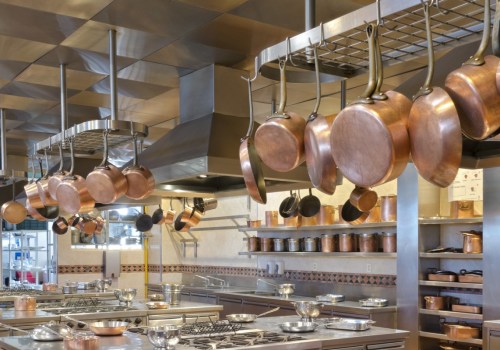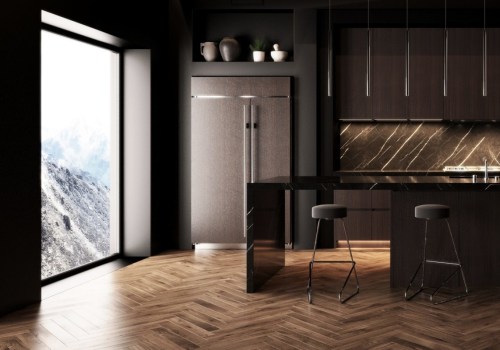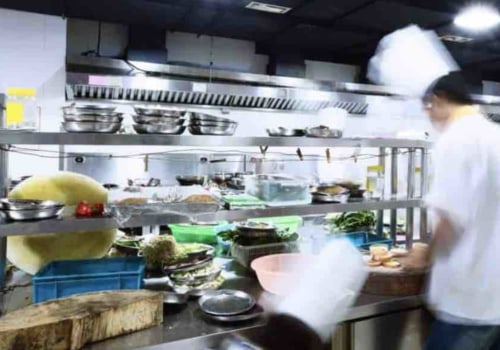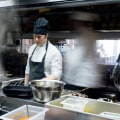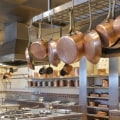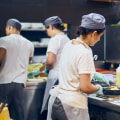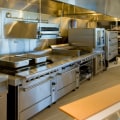With the rise of ghost kitchens and the increase in the number of consumers looking for food online, being visible in major home delivery applications is becoming a necessity to outperform the competition. Online food order traffic has grown 300% faster than traditional food in recent years, and will only increase from there. Ghost kitchens, also known as virtual kitchens, are commercial kitchens with menus optimized for orders with online delivery. Your income is completely dependent on online food orders.
Generally, ghost kitchens have no storefront or dining space, and are located in industrial areas. Restaurateurs or brands that are interested in expanding their existing restaurants or trying out a new concept can do so with a ghost kitchen at a lower cost compared to opening a physical business. While eliminating the dining room eliminates many of the restaurant's overhead and staffing needs, it also eliminates a tool that restaurants use to establish their concept and brand. Companies that use a ghost kitchen model will still need to develop a concept to stand out.
The good news for ghost kitchens is that concepts can be adjusted quickly as restaurants learn what their customers like and don't like. The menus are digital, meaning they don't need to be reprinted as offers change. Diners can be provided with a QR code that is linked to a digital menu page that can be updated with new items and prices as often as possible. The ease with which menus can be changed can also be useful when supply chain problems affect the availability of ingredients.
Ghost kitchens are food preparation operations without waiters, dining room or parking; in reality, without any public presence. More and more often, the food you order from a home delivery application is prepared by chefs who work for a restaurant that doesn't really exist, at least not in the traditional sense. From websites and applications for promoting and ordering to internal systems for managing workflow and delivery services such as Uber Eats, those who want to set up ghost kitchens will find many external suppliers they can partner with. Ghost kitchens that cannot guarantee efficient, effective and reliable delivery options will not survive.
However, when COVID arrived, the ghost kitchen model provided a solution to many of the problems faced by restaurants. I even place a lot of orders from the app and pick up without contact, but nothing prepared me to eat at Ghost Kitchens' first Walmart branch in Rochester, New York. Ghost kitchens exploded during the early days of COVID-19, when brands struggled to establish a delivery infrastructure and recover part of the sales lost due to the closure of dining rooms. An example of a hybrid model is for full-service restaurants to partner with a ghost kitchen to help them with their takeaway orders.
With lower overhead costs, lower staff demands and a high degree of efficiency in offering diners the food they want, when they want and where they want, ghost kitchens have been growing in the COVID environment. Ghost kitchens usually have many sales channels, such as kiosks, delivery service providers, phones, websites, etc. Therefore, partnering with well-known local or national brands will help Ghost Kitchens maintain a sustained volume of orders. Since customers adapt to the trend quickly and easily, ghost kitchens are likely here to stay.
While established restaurants should already be familiar with the large number of regulations that apply to food preparation and supply, moving to a ghost kitchen model could involve addressing other legal and regulatory issues. These ghost kitchens can no longer capitalize on the demand for food delivery services caused by Covid. State and local authorities are usually responsible for overseeing ghost kitchen operations from a health and safety perspective. In most cases, ghost kitchens are only delivered to your home; customers cannot stop by to pick up an order for “takeaway food”.
. .
